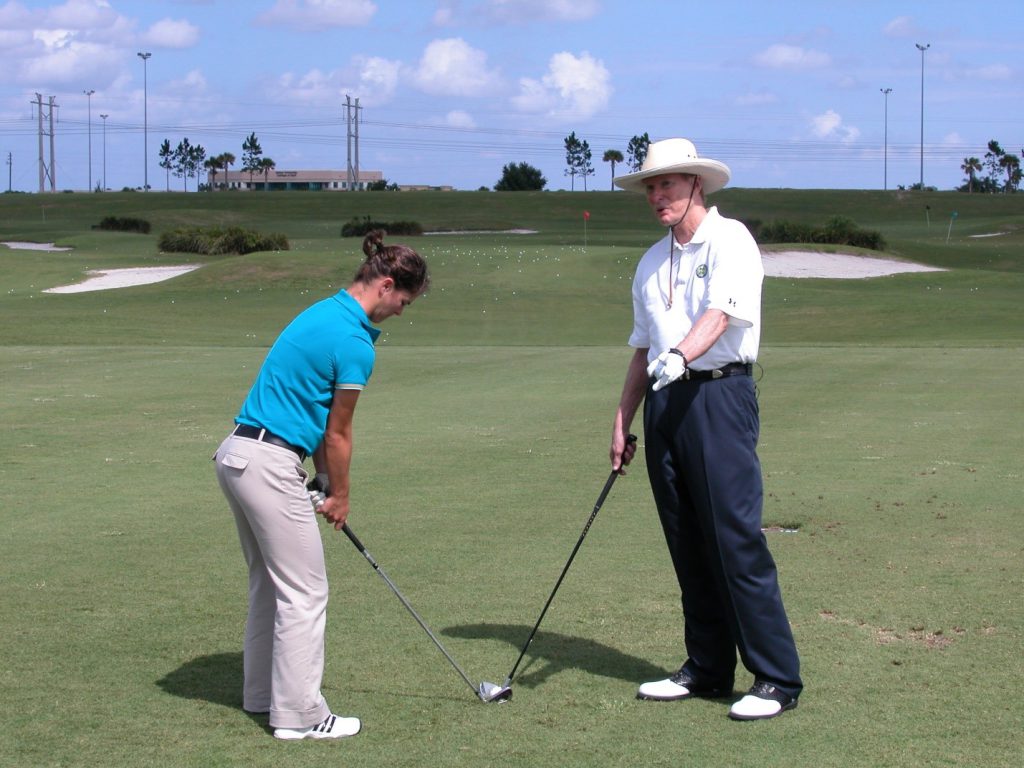How to Become an Expert at Golf

by Dr. T. J. Tomasi, Keiser University College of Golf Senior Faculty and Director of Research
One reason golf is not for everyone is that becoming an expert requires work. You must put forth a specialized, well-guided effort, called deliberate practice, and not everyone has the time or inclination to do this. For those who do, here are 10 elements of deliberate practice you should be aware of:
1. Running Software
The secret to improvement isn’t only the quantity of time spent practicing but also the quality of that time. You learn something from each repetition, whether it’s successful or not. I call this quality experience “running software.” At its core is a feedback loop often aided by the presence of a skilled teacher who provides the learning structure as well as performance feedback. Once the player has attained a high enough level of skill, he or she can sustain their own feedback loop.
2. Constant Critique
Expert golfers use “constant critique,” a method in which attention is paid to each aspect of the game, using progressive refinement. The ultimate goal is the perfection of each detail. While exhausting, the focus on perfection prevents flawed movements from being installed in long-term memory.
3. Avoiding the Danger Zone
After about 50 hours of deliberate practice, a crucial juncture occurs when the amateur falls behind while the expert continues to improve. Researchers believe it is here that the amateur stops challenges because the swing is “good enough.” Because it is too early in the learning process to abandon the feedback loop that provides constant monitoring/refinement, the danger is in storing a swing that is merely adequate. On the other hand, the expert continues using feedback and correction, thus preventing ensnarement in the trap of immortalizing flawed techniques in permanent memory storage.
4. Pacing
On the practical side, the deliberate practice should be done in short spurts of 45 to 60 minutes, with rest periods in between. To prevent burnout, experts restrict deliberate practice to a maximum of four to five hours a day. Using a correct shot routine is one way to develop proper pacing (see photo below). In general, it’s best to use slow, regular increases in the amount of practice. I recommend taking at least one full day off regularly.
5. Competition
To expose weaknesses, a key portion of feedback is a competition that takes place at each stage of development. The level of this competition should increase in proportion to the skill sets of the player. Competition is the report card of deliberate practice in that it provides an up-to-date strength and weakness profile necessary to structure the next round of deliberate practice correctly.
6. Optimal Challenge Points
The optimal challenge point for each task must be found so that a practice routine can be created based on an appropriate level of challenge. If the challenge point of the task is too easy, your brain gets bored; if it’s too hard, your brain gets discouraged. Structuring these challenges is an important role of an expert coach.
7. FIFA
Each practice movement must be performed with full intention and full attention (FIFA) — a conscious and continuous focus on why and how the repetition is performed. This prevents mindless repeating.
8. Early and Often
Research has shown that the earlier athletes begin deliberate practice, the higher the level of elite performance they attain. Elite performers spend a large amount of time per week on their sport, even at a young age, and the amount of weekly practice increases with age.
9. Evolving Complexity
Early on, golf training programs are simple because they are matched to the level of the learner’s performance. But, as players increase their skill level, deliberate practice training programs increase in complexity and challenge.
10. One-on-One Instruction
Along with the loss of motivation, a prime reason for failure comes from employing inadequate learning strategies. Athletes who practice the wrong movements learn incorrectly. Thus, the role of the teacher is key, and one-on-one instruction is superior to group instruction.
Takeaway: To paraphrase an old joke, when a visitor asks a New Yorker, “How do you get to Carnegie Hall?” the answer is, “Deliberate practice and a lot of it.”

One of the things this young pro is working on is hitting balls in practice without focusing, so I regulate the speed of her play by placing my club in front of the shot until she is ready to go.
If you’d like to study with Dr. Tomasi and other PGA Master Professionals, contact The College of Golf today.















I have played golf for over 50 years and at my best was a 5 handicap. I am now a 15 and it sucks. I practice and play 4-5 times a week and have moved up to 6,000 ish yards. I have had multiple lessons and all say the same, sort of, stronger grip and swing more inside out. Also have been fit multiple times and my own conclusion is that “focus or visualization “ is the bomb. Why because I am not good at that.